

Website & Photographs © R Westoll.



FABRIC
The Interior . The latter half of the 19th century was a period of considerable church building and refurbishment. It is likely that church’s perfect acoustics played a key part in prompting the very musical Lady Cynthia Graham, wife of Sir Richard Graham of Netherby, to take an interest in transforming the interior. Lady Cynthia was probably influential too in securing the services of Temple Moore as the architect; he had undertaken commissions for her father the Earl of Feversham in North Yorkshire. The Florentine ceiling and acanthus leaf decoration on the keystones of the window arches may have dictated the Italianate Baroque scheme as Temple Moore was best known as a Gothic Revivalist. An important feature of Gothic Revival Architecture was the re-
The Altar -
The Organ -
The Screen with its Corinthian Columns and Broken Pediment, Choir Stalls and Altarpiece – were carved by Messrs Martin of London ; installed by Messrs Davidson of Carlisle and painted and gilded by a Longtown firm . The green of the Choir is lightened by the use of azure on the organ cases and white on the faces of the cherubs’ on the grille over the windows.
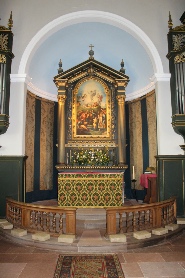
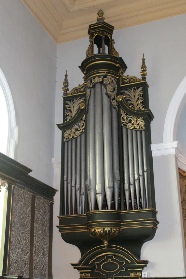
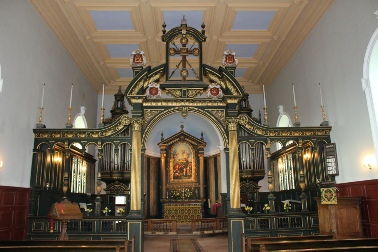
The Screen Decoration -
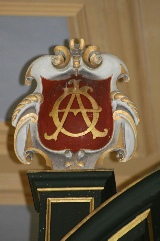
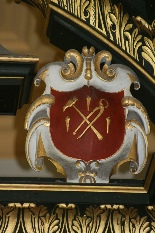
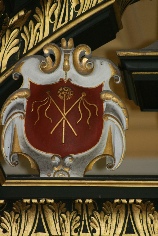
The Cross with a circle on each arm forms a tetramorph (an arrangement of four shapes into a whole); the symbols inside the circles are those of the four gospel writers. Clockwise from the bottom :-
The Man – St Matthew The Lion – St Mark The Eagle – St Luke The Calf – St John
Each symbol represents the different aspect of Christ which that writer’s gospel portrays. The first biblical reference to men with creatures’ faces occurs in the Old Testament in the Vision of Ezekiel. But the idea of a whole creature composed of parts of different creatures with each part having a separate significance has its origins in the Sphinxes of Egypt and the ancient civilisations of Babylon and Assyria. A spear and a reed on a sponge form diagonals behind the Cross. The small shields show nails, a hammer, pliers, scourges (whips) and a reed with a sponge. These and other images from the Passion are repeated in the borders of the stained glass window panels. At the centre of the Cross is the Lamb with the flag, the Agnus Dei symbol , representing Christ’s triumph over death. At the top of the Screen, anchoring the screen to the ceiling joists sits a small pelican with its beak towards its breast; a pose known as “a pelican in its piety” and a medieval symbol for the Eucharist. The pelican was thought to pluck at its breast to draw blood to feed its young. The symbol has its origins in the ancient Egyptian hieroglyph of a pelican which denoted the duties of a father to his children.
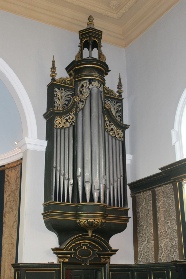
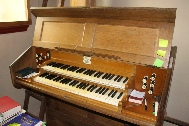
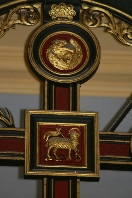
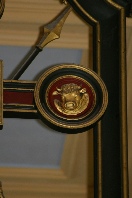
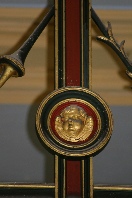
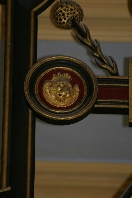
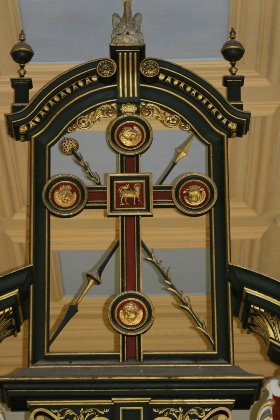
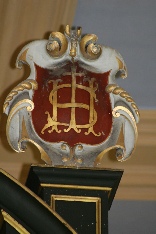
| Location |
| Gallery |
| History |
| Fabric |
| The Graveyard |
| Sons of the parish |
| Stained Glass |
| Church furniutre |
| The Exterior |
| Services |
| Events |
| Newsletters |
| Visiting |
| Membership Form |
| Archives |